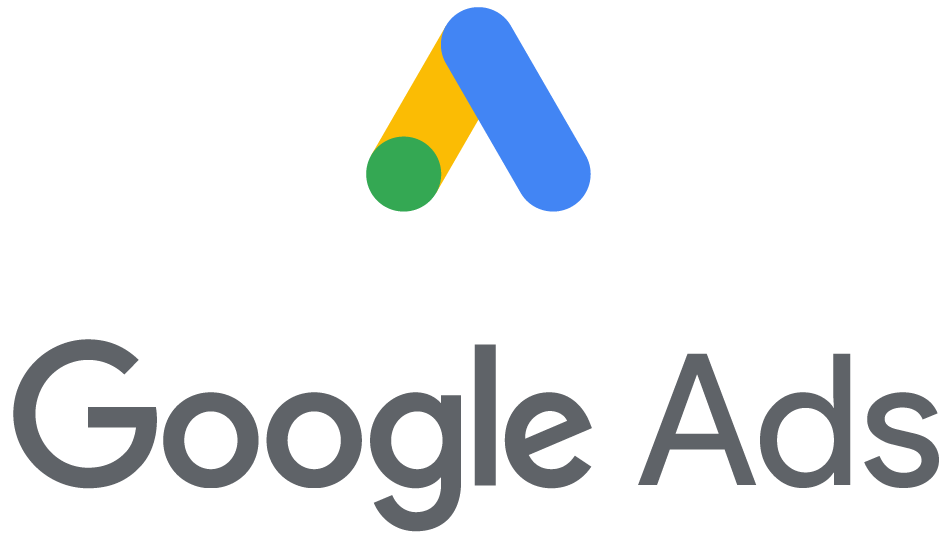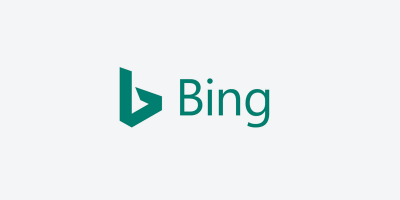
How do you keep your shopping campaign running while replacing an existing feed with a new feed?
Follow these suggestions to minimize interruptions and to ensure a smooth changeover.
- Make the appropriate segmentation adjustments in your campaign so that you are in alignment with the new feed.
- You can segment on Product Type, Brand, Google Product Category, Custom Label, as well as a combination of these attributes.
- Bear in mind that Adwords is basically accessing the attribute values of the current feed in the Merchant Center.

Every moment that you are serving ads, Adwords is looking at your existing feed in the merchant center and looking for any and all products that have an exact match on Product type.
If the feed going into the merchant center has any changes in the product type value, then products sitting in the old segmentation will cease to exist in the feed. Essentially the products would fall into the ‘everything else’ bucket and take on the bid or exclusion settings that are set for the ‘everything else’ bucket.
This could result in an unplanned spend or a huge dip in impressions, which is something you’ll want to avoid at all costs.

One of the benefits of having an optimized feed is that your product type values, Google Product Categories, Custom Labels, and Brands will be cleaned up and improved. That means you’ll have better segmentation control in your campaign. However, if these ARE changed, then you’ll need to be aware of the changes and possibly have to re-segment your campaign after the feed is pushed live.
There are two questions that you’ll need to discuss with a Feedonomics Onboarding Specialist:
- What is your current campaign product segmentation?
- What is your desired campaign product segmentation?
The reason behind these questions is to find out if you want us to improve your product types or keep them the same. If we improve them, then you need to resegment your shopping campaign accordingly.

Other tips include:
- Before you go live, always confirm with your onboarding specialist what changes were made to the values of attributes that you segment.
- Once a feed is pushed live, make sure to review that products are falling into the correct segmentation’s as intended.
- Don’t push a new feed live on a Friday afternoon (or before a big promotional day) if you are not going to watch it closely through the weekend. You need to take time to monitor the account and look for any sudden changes in performance. If you see a problem, pause your campaign, as you may not get access to the Feedonomics onboarding specialist who built your feed over the weekend. (yes we still have support, but it’s not the specialist who built your feed)
- Don’t make too many changes at once. If something is off, we want to be able to identify the problem and adjust. First let the feed transition. If stable after a day or two, we can concur that the feed is good. Then you can start to make incremental adjustments in your campaign. Again changing too many things at once makes it harder to learn from wins or losses.
- Don’t delete old campaigns or completely restructure them. Rather pause the old campaign, and duplicate it or build a new one. This way, if something goes wrong after you make campaign changes, you can roll back.
- Check that your campaign is set up for success. One suggestion is to review our blog post entitled, “The Low Hanging Fruit of Google Shopping.” You may already be aware of these tips, but if not, hopefully they offer food for thought.
Need help with your Shopping Campaign?
Find out why over 30% of the top 1,000 Internet Retailers work with us. Schedule a free demo and see what solutions we can offer your company today!
Access the premium HTML editor and use the features like the tag manager, code cleaner, color picker.

Brian Roizen is the Cofounder and Chief Architect of Feedonomics, a full-service feed optimization platform that optimizes product data for hundreds of channels. He has been featured on numerous podcasts and eCommerce webinars, and regularly contributes to Search Engine Land and other industry-leading blogs. Brian graduated summa cum laude from UCLA with both a Bachelor’s and Master’s degree in Mechanical Engineering.



